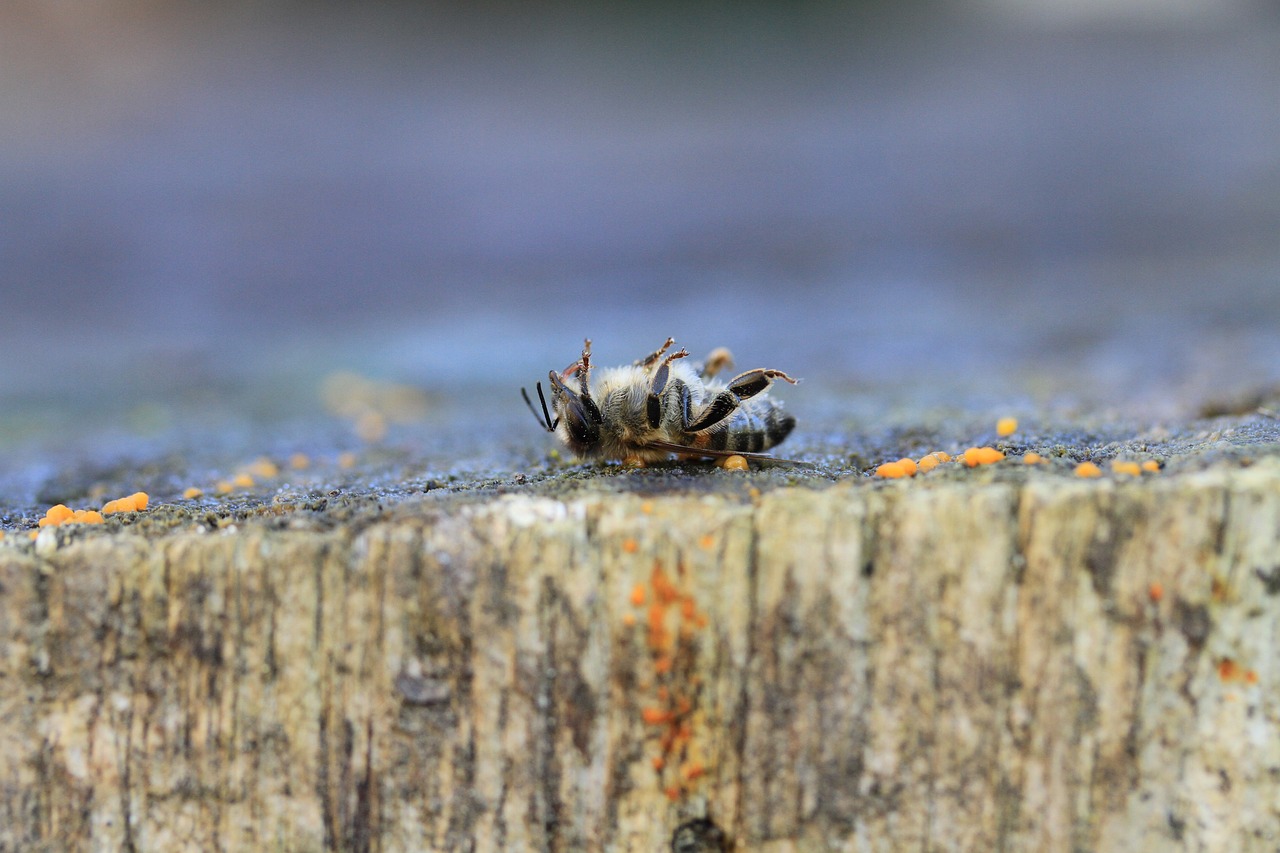Neonicotinoids, also known as “neonics,” are a class of insecticides that have been used widely in agriculture since the 1990s. They are effective in controlling pests and are used on a variety of crops, including corn, soybeans, canola, and cotton. However, their use has been linked to the decline of bee populations, which has raised concerns about their impact on the environment and the sustainability of our food system.
In this article, we will explore the use of neonicotinoids, their impact on bees and the environment, and what can be done to reduce their harmful effects.
Table of Contents
ToggleWhat are Neonicotinoids?
Neonicotinoids are a class of systemic insecticides that act on the central nervous system of insects. They are highly effective at killing pests and are widely used in agriculture, as well as in home and garden settings.
Neonicotinoids are absorbed by plants, and when insects feed on the plant, they are exposed to the insecticide. This means that neonicotinoids are effective at controlling pests, even those that are not visible on the surface of the plant.
There are several different types of neonicotinoids, including imidacloprid, clothianidin, thiamethoxam, acetamiprid, and dinotefuran. Each of these insecticides works in a slightly different way but all have the same mode of action, which is to disrupt the nervous system of insects.
The Impact of Neonicotinoids on Bees
Neonicotinoids have been linked to the decline of bee populations around the world. Bees are essential pollinators that play a crucial role in our food system. Without bees, many crops would not be able to produce fruit or seeds, which would lead to a significant reduction in food production.
When bees are exposed to neonicotinoids, they experience a range of negative effects. The insecticide can impair their ability to navigate, forage for food, and communicate with other bees. It can also affect their immune system, making them more susceptible to diseases and parasites.
Neonicotinoids can be particularly harmful to bees when they are applied as seed treatments. When a seed is treated with neonicotinoids, the entire plant, including the flowers and nectar, becomes toxic to bees. This means that bees that feed on the nectar of treated plants can be exposed to lethal doses of the insecticide.
The Impact of Neonicotinoids on the Environment
In addition to their impact on bees, neonicotinoids can also have negative effects on the environment. These insecticides are highly persistent and can remain in the soil and water for long periods of time. This means that they can accumulate in the environment, potentially harming other non-target species.
Neonicotinoids can also have indirect effects on other species. For example, if the insecticide kills off the bees that pollinate a plant, it may also reduce the number of seeds that the plant produces. This could then affect the animals that depend on those seeds for food.
What Can be Done to Reduce the Harmful Effects of Neonicotinoids?
There are several things that can be done to reduce the harmful effects of neonicotinoids on bees and the environment.
One approach is to reduce the overall use of neonicotinoids. This can be done by using alternative pest control methods, such as crop rotation, biological control, and integrated pest management.
Another approach is to restrict the use of neonicotinoids in certain situations, such as when they are used as seed treatments. Some countries, including the European Union, have already banned the use of neonicotinoids as seed treatments for certain crops.
Improving labeling and transparency around the use of neonicotinoids can also help. Consumers can choose to buy products that have been produced without the use of neonicotinoids, and farmers can make informed decisions about the use of insecticides on their crops.
Research and innovation can also play a role in reducing the harmful effects of neonicotinoids. Scientists are developing new ways to protect crops from pests without using harmful insecticides. For example, some researchers are exploring the use of natural predators, such as parasitic wasps, to control pests.
Conclusion
Neonicotinoids are a class of insecticides that have been linked to the decline of bee populations and have negative effects on the environment. While they are effective at controlling pests, their widespread use has raised concerns about their impact on the sustainability of our food system.Reducing the use of neonicotinoids and exploring alternative pest control methods can help to reduce their harmful effects. Consumers can also play a role by making informed choices about the products they buy and supporting sustainable farming practices.
It is important that we continue to monitor the use of neonicotinoids and their impact on the environment, and work together to find solutions that protect our food system and the planet.







